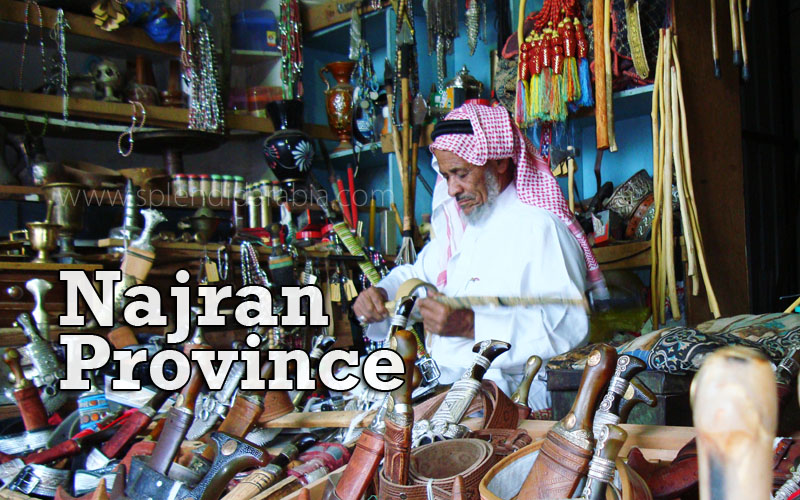Located in the south of Saudi Arabia, The province of Najran borders with Yemen with its capital Najran. Throughout history, Najran has been an important point of contact between the north and west of Arabia and the Yemen. Najran is said to have 4000 years of agricultural background.
Najran is 300 km south of Abha and 930 km southwest of Riyadh. For about 1000 years before the dawn of Islam, Najran was a major center of the caravan trade in frankincense and myrrh (aromatic organic substance obtained from plants) from the ancient civilization of Yemen, to the Fertile Crescent and Mediterranean
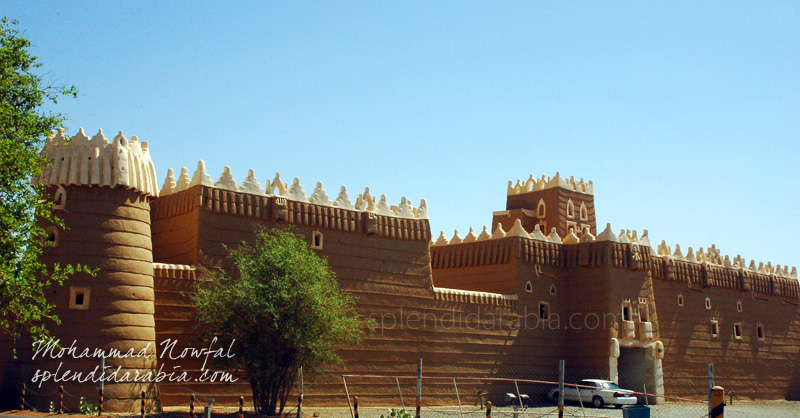

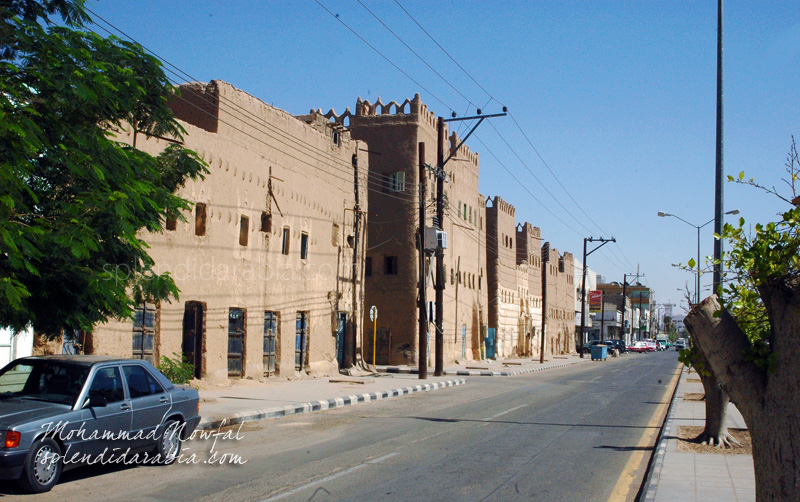

An ancient city with fast developing programs, Najran boasts as one of the major cities of the Kingdom. The population of Najran belongs mostly to the Ancient tribe of Yam (belonging to the Qahtanite branch of Arabian tribes).
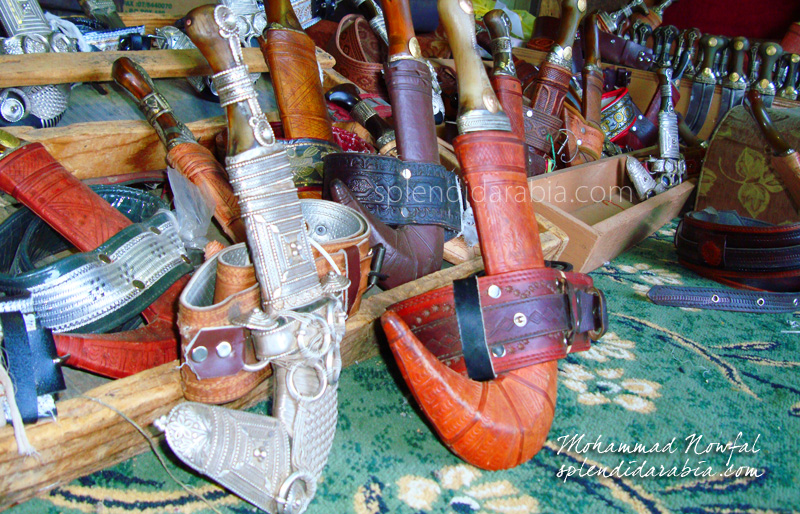

Najran traditional souk (market) is a very interesting visit. Those items very specific to Najran can be bought from here though these are a bit expensive. Najran daggers are very famous and a traditional symbol of pride. These are hanged on a belt wore at the waste by men. Their price varies from a few hundreds to thousands of Saudi Riyals!
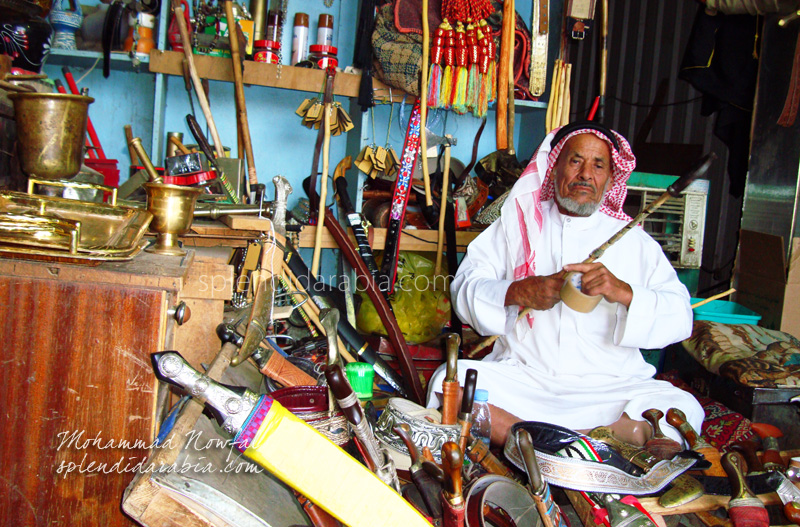

A dagger merchant in the souk decorating the sword on sale.
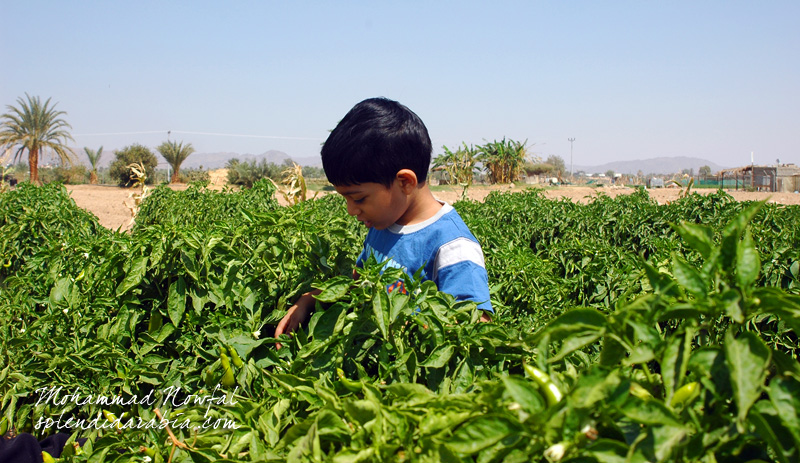

Wadi Najran (Najran Valley) drains a wide area of Asir and Yemen highlands that causes Najran to have a very fertile land with a wide area of farmland. The water that flows from the mountains finally merges with the sands of Rub’ Al-Khali (the Empty Quarter) in the east. Over a 100 farming settlements are spread along wadi Najran.
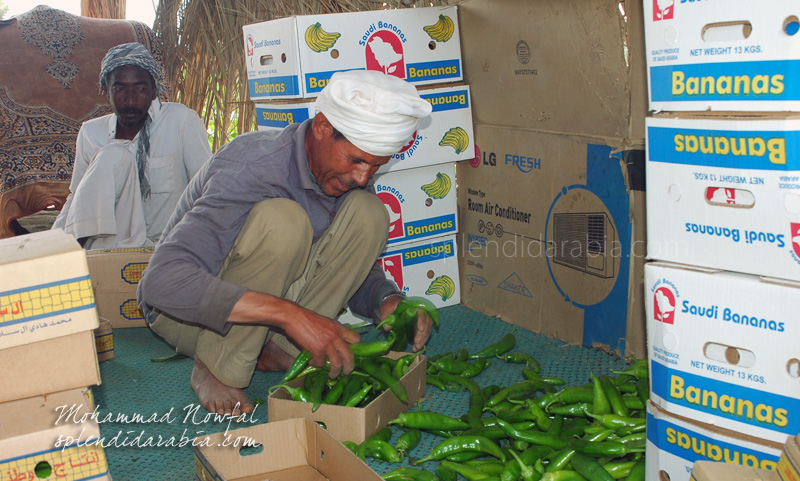

A farmer packing the products of the farm.
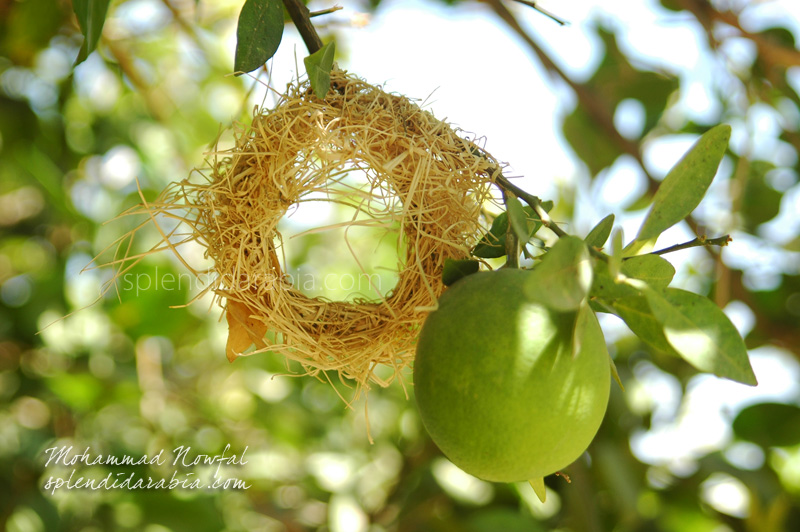

Nest of a weaver bird in the making
Walking through an orange farm in Najran, I was truly delighted to see numerous nests of Weaver birds with different stages of its making.
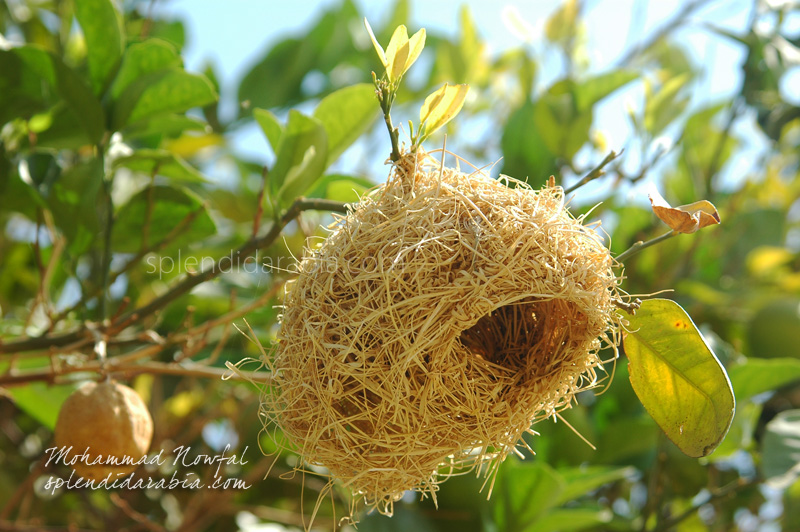

Completed nest of a Weaver Bird. The weavers are named for the highly complex woven nests built by many species.
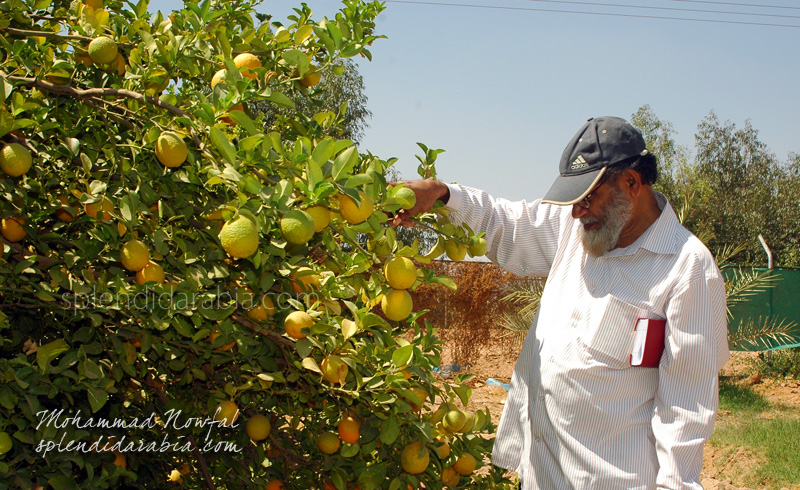

As an agricultural city, Najran has a number of fruit and vegetable farms. Peaches, apricots, apples, grapes, lemons and oranges are grown on a wide scale here.
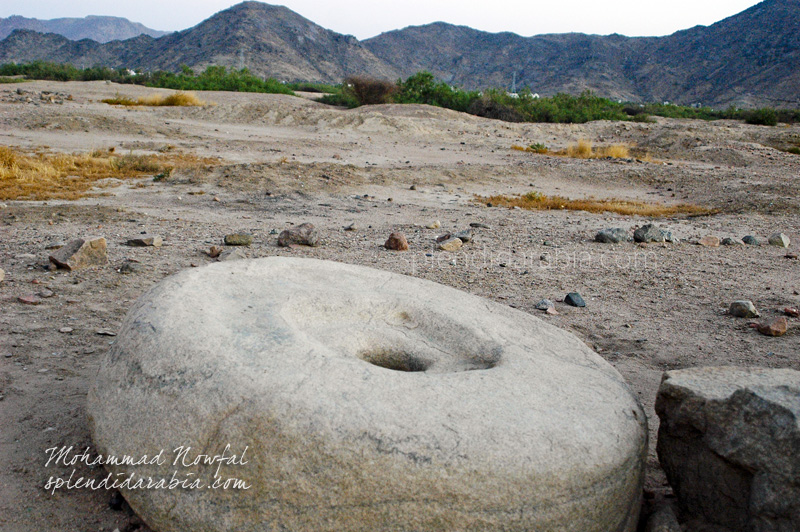

Najran has a very rich historical background with its remnants spread all over the province including in the archaeological site of Al-Ukhdood.
The site of Al-Ukhdood has traditionally been identified as the place of siege and massacre of Christians by the Jewish king Dhu Nuwas in the 6th century AD, before the dawn of Islam. The traces of burning have still been found at the archaeological site.

